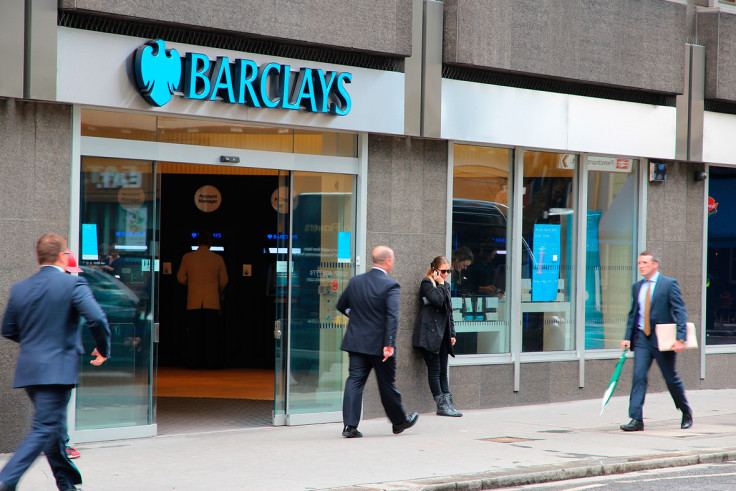Barclays sees its pre-tax profits plunge as it sells off units
The UK lender sees its profits fall as it continues its turnaround under new boss Jes Staley

Barclays said its profit before tax plunged by more than a fifth as it posted losses from non-core units as the group bids to turn itself around under its new chief executive.
It said second quarter pre-tax profit fell 21% to £2.1bn ($2.8bn, €2.5bn), as the group reported losses on non-core divisions it is running down and booked impairment charges on its French high street banking that it plans to sell.
The group is also in the middle of selling its African business.
Chief executive Jes Staley was brought in last December to replace Antony Jenkins after lacklustre results at the business. Staley is expected to focus on boosting the investment part of the bank, which previously had been an engine of growth for the business.
The UK business also set aside a further £400m to compensate customers mis-sold payment protection insurance (PPI). The new charge for PPI means the mis-selling scandal has so far cost Barclays a total of £7.8bn.
However, the group said at its core businesses pre-tax profit lifted 19% to £3.97bn, which included a £615m boost from its share of the sale of Visa Europe to its US parent.
Its stock jumped almost 9% in afternoon trading as the lender's profits came in ahead of expectations, convincing investors Staley is on the right track.
Staley said: "The picture in the second quarter is one of strong and accelerating progress against our strategy. We remain confident that it is the right plan for Barclays, and see no reason to adjust it, or the pace of delivery, in light of the vote by the UK last month to exit the EU.
"We are very much open for business, and fully committed to supporting our customers and clients, and the real economy, through this period of uncertainty."
Overall, shares in Barclays have halved since chairman John McFarlane promised to double them last year. Staley surprised investors in March when he said he would cut the bank's dividend by more than half over the next two years.
Hargreaves Lansdown senior analyst Laith Khalaf said: "If and when Barclays gets rid of its non-core businesses it should start to look more like an upstanding citizen of the banking sector, but that is still going to take until 2017 at least, a decade after the banking crisis kicked off."
"Barclays remains a bank in transition and more skeletons may come out of the closet as the bad bank is gradually disposed of."
© Copyright IBTimes 2025. All rights reserved.






















